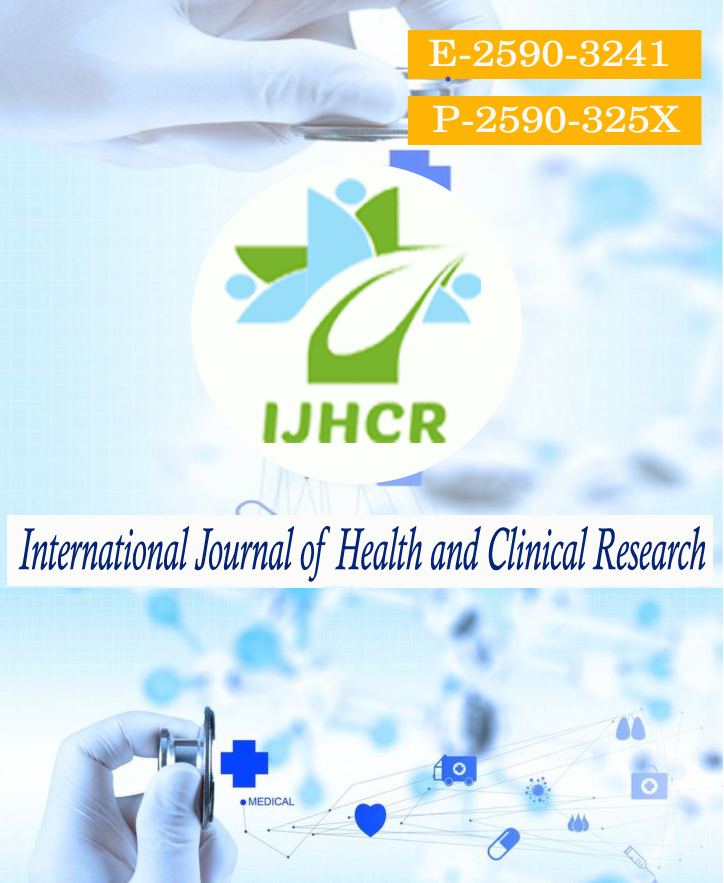Utility of Procalcitonin as a Prognostic Marker in Critically Ill Children with Suspected Bacterial Infection: A Prospective Observational Study
Keywords:
bacterial infection, procalcitonin, prognostic marker, sepsis, septic shockAbstract
Introduction: Sepsis in pediatric population is the cause of substantial morbidity and mortality. The clinical manifestations range from subclinical infection to severe manifestations of focal or systemic disease. Various markers of sepsis are available to diagnose and interpret early an ongoing sepsis. Aim: To evaluate the utility of procalcitonin levels in predicting the severity and prognosis of critically ill children in our hospital setup. Materials and Methods: This was a prospective, observational study of 80 children who were admitted to PICU. Serum PCT samples within 12 hours of admission was sent for evaluation in pathology lab. PRISM-III, PIM-2 and MODS was calculated at the time of admission. The duration of stay in PICU and outcome in the form of discharge or death was recorded. Results: PCT levels were elevated in most critically ill children admitted to PICU with suspected bacterial infection. 81.2% had elevated PCT levels with mean value of baseline PCT 37.4 ng/mL. Children who developed complications during hospital stay had significantly high levels of PCT. The correlation between PCT and severity scores (PRISM III score or PIM2 score) was poor but significant (ρ-0.333, p=0.0025 and ρ-0.3437, p=0.0018). Conclusions: PCT levels were high in patients who were critically ill, who developed complications during hospital stay and died in hospital. PCT is a better diagnostic marker for predicting severe sepsis, septic shock, multi organ dysfunction and mortality.
Downloads
Published
How to Cite
Issue
Section
License
Copyright (c) 2022 Nirupa Chandorkar, Dinesh Raj, Ravi Prakash

This work is licensed under a Creative Commons Attribution 4.0 International License.






 All articles published in International Journal of Health and Clinical Research are licensed under a
All articles published in International Journal of Health and Clinical Research are licensed under a 